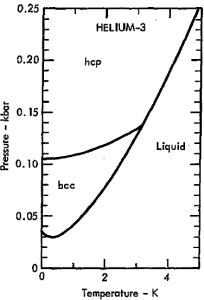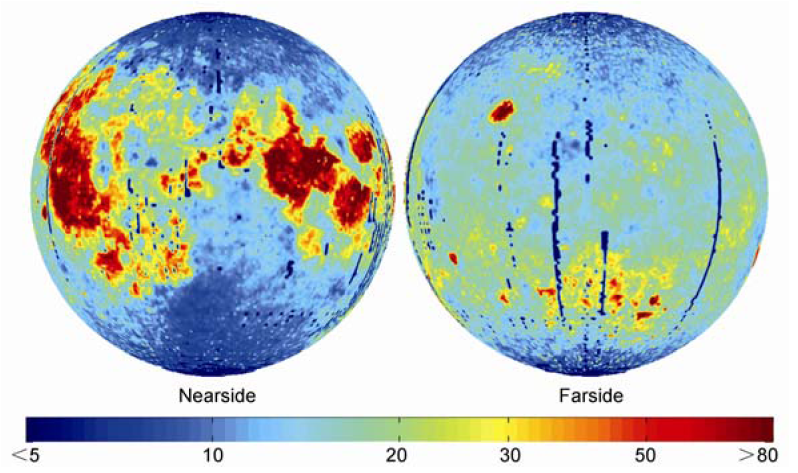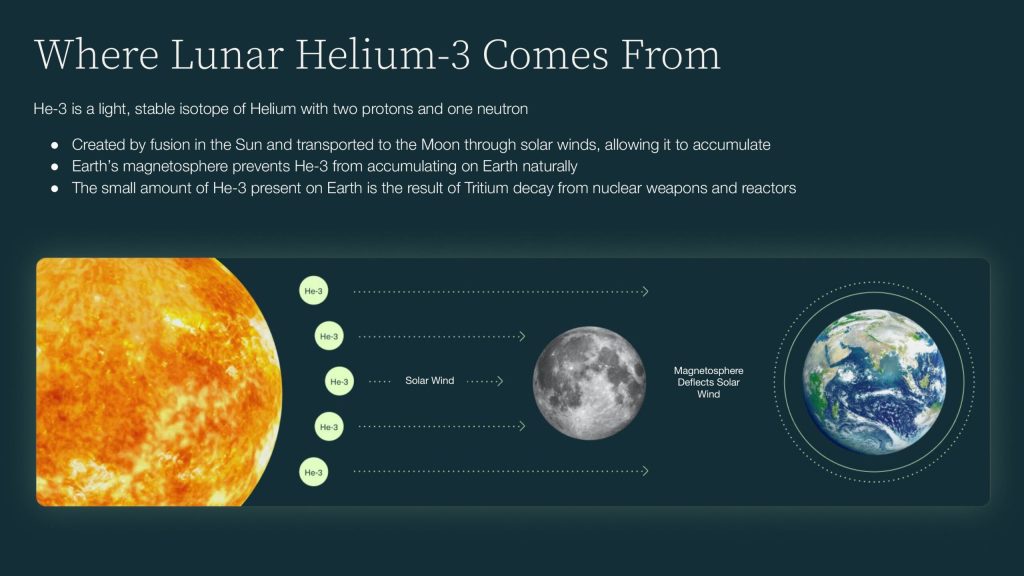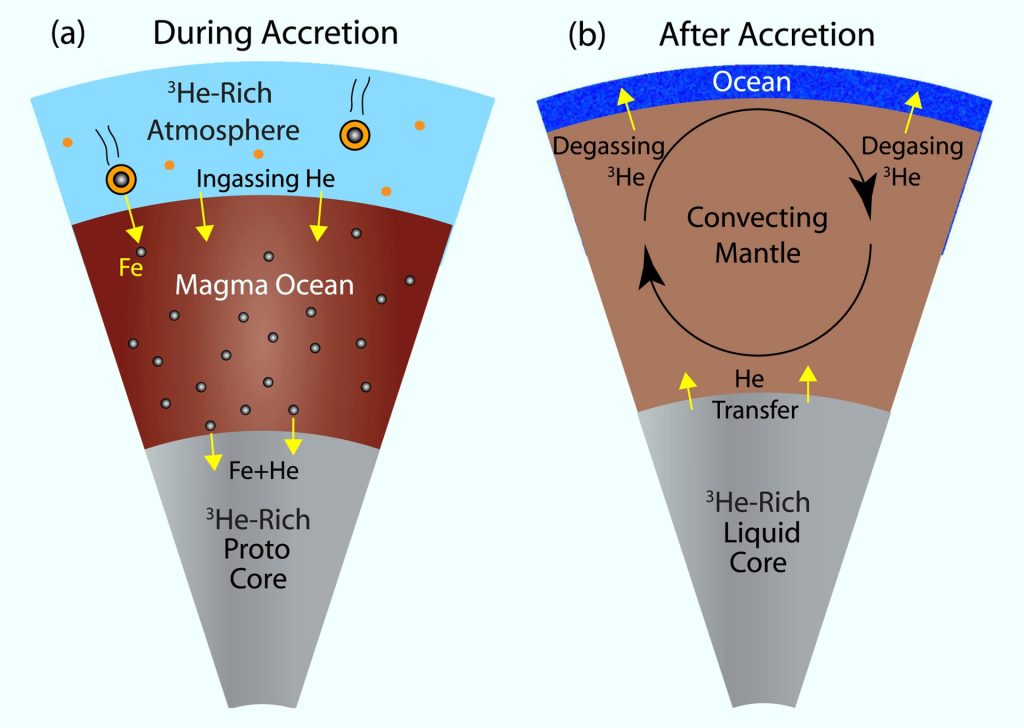Humans have always gazed at the night sky and dreamed of exploring space.
In the latter half of the 20th century, powerful rockets were developed to overcome the force of gravity and reach orbital velocities, making space exploration a reality.
In the 1930s and 1940s, Nazi Germany explored the potential of long-distance rockets as weapons. During the final stages of World War II, London was attacked by V-2 missiles, which traveled 200 miles and reached altitudes of 60 miles at speeds exceeding 3,500 miles per hour. After the war, both the United States and the Soviet Union developed their own missile programs.
On October 4, 1957, the Soviets launched Sputnik 1, the first artificial satellite, into space. Four years later, on April 12, 1961, Russian Lt. Yuri Gagarin became the first human to orbit Earth aboard Vostok 1, completing a 108-minute flight that reached an altitude of 327 kilometers (about 202 miles).
The United States launched its first satellite, Explorer 1, on January 31, 1958. In 1961, Alan Shepard became the first American to travel into space. On February 20, 1962, John Glenn made history as the first American to orbit Earth.
As of February 2024, 44 countries have sent citizens into Earth’s orbit, and more than 80 countries have a presence in space. The countries that have contributed the most space travelers are the United States, Russia, China, Japan, Germany, France, Canada, and Italy.
Some countries have also sent satellites into space, with over 80 countries doing so as of June 2024. For example, the United Arab Emirates has sent a probe to Mars, and Israel has landed on the moon.
In this new series, we will explore the remarkable adventures of space exploration, examining what we have learned and how our perspectives on planets and space have evolved through history and culture.
Join Us In Exploring The Cosmos !
The Importance of Helium-3

Helium-3 (He-3) is a non-radioactive isotope being studied as a potential fuel for fusion reactors and a sustainable energy source. It is highly valued because it doesn’t produce neutrons when fused with deuterium, and fusing He-3 with itself results in charged, non-radioactive products. However, He-3 is rare on Earth, with some experts arguing there isn’t enough to power a nuclear power plant. Conversely, the Moon may hold abundant He-3, but extracting it would require developing processes to superheat the Moon’s surface rocks in space and then transport the He-3 back to Earth.
Why is Helium-3 Scarce on Earth?
The scarcity of He-3 on Earth is attributed to our planet’s radiation belt, which burns off the dust containing He-3 before it can enter our atmosphere. In contrast, the Moon lacks such a protective belt, allowing He-3 to accumulate on its surface. The race to dominate the rare earth mineral market, including He-3, has intensified between global powers like China and the United States. The Chinese Communist Party aims to lead in this sector and become the next world superpower. Achieving dominance in clean energy, such as He-3 fusion, would be a significant step towards that goal. However, why the United States isn’t exploring He-3 more aggressively remains unclear.
The Economic Potential of Helium-3
Helium-3 holds significant promise in the energy sector. This non-radioactive isotope is ideal for fusion reactors, particularly when fused with deuterium, as it does not produce harmful neutrons. The value of He-3 is reflected in its high cost: at $1,400 per gram, 100 kilograms (220 pounds) of He-3 would be worth about $140 million. This amount of He-3, when fused with deuterium, could potentially power a 1000-megawatt electric plant for a year.

Why is Helium-3 So Expensive?
The high cost of He-3 is primarily due to its production method. Most industrial He-3 is obtained from the radioactive decay of tritium, making it scarce and costly. Currently, He-3 can fetch prices as high as $2,750 per liter of gas under normal conditions, prompting efforts to find more economically viable ways to acquire this isotope.
Helium-3 on Earth
While extremely rare on Earth’s surface, He-3 has been found in volcanic rock formations on the ocean floor. This discovery opens up new possibilities for sourcing He-3 without the need for lunar extraction.

Future Prospects
The future of He-3 extraction may be supported by companies like SpaceX and Blue Origin, which are developing reusable lunar landers and transportation systems between the Moon and Earth. These advancements could make the return of He-3 more feasible. Alexis Ohanian’s venture firm Seven Seven Six has also shown interest in this field, leading the latest round of fundraising for Interlune, a company focused on lunar resource extraction.

Creating Helium-3 on Earth
Interestingly, He-3 can be produced on Earth through the radioactive decay of tritium in nuclear fusion warheads. However, this is typically undesirable since He-3 is a stable element and reduces the output of the warheads.
In a notable anecdote, David Adair, during a visit to China, explained to Chinese officials how to extract helium from moon dust, a process they would later implement. This highlights the growing international interest and competitive edge in harnessing He-3 for future energy needs.





